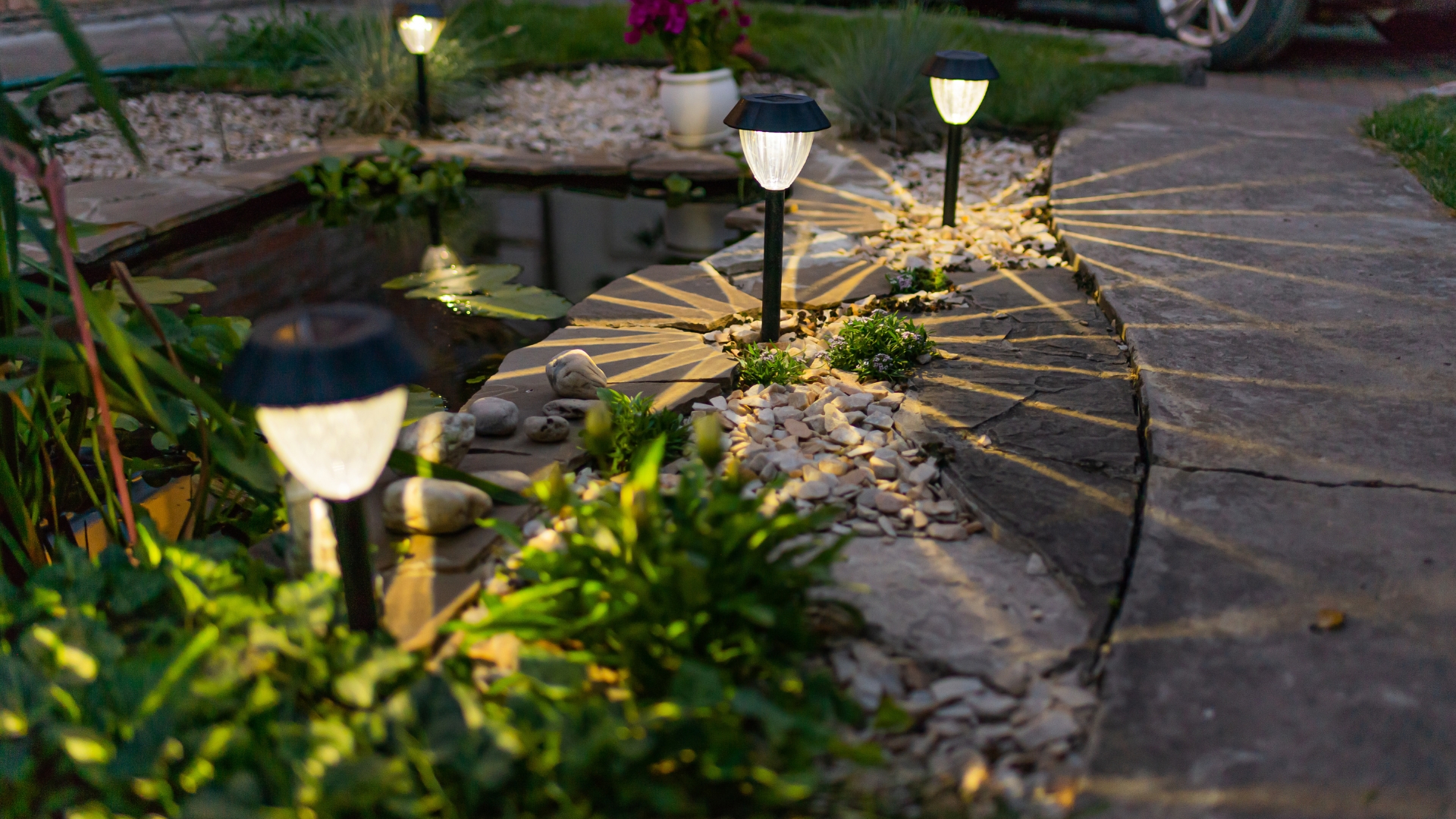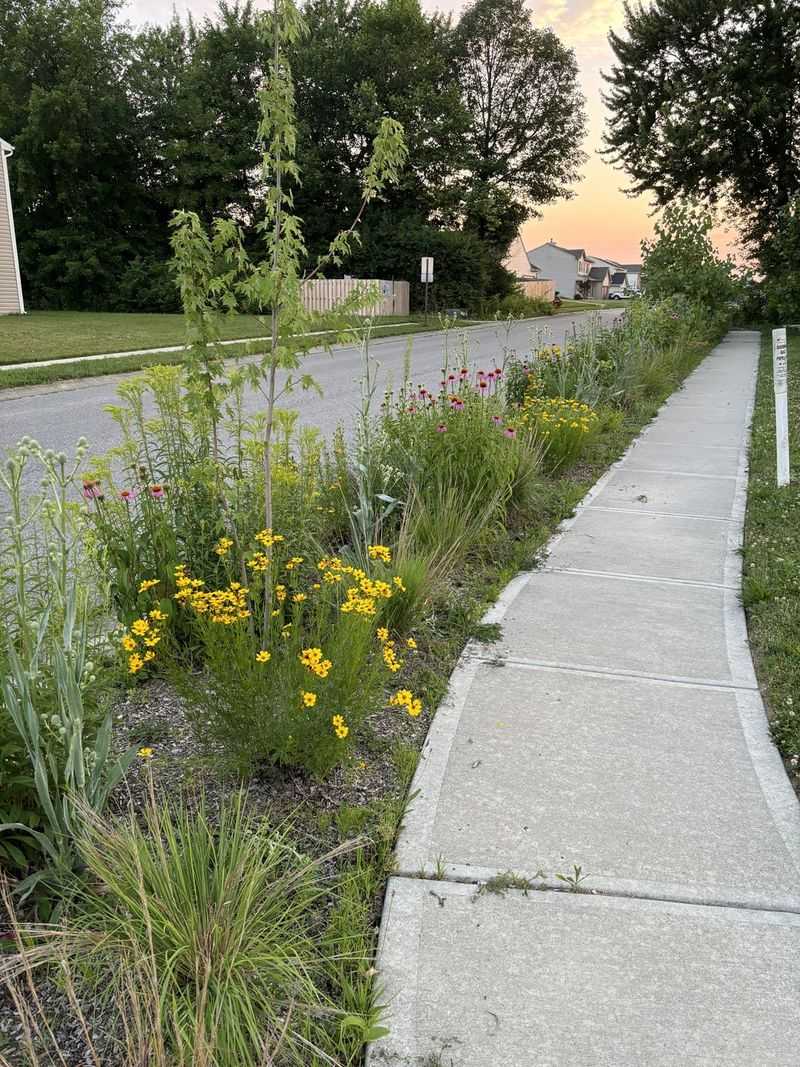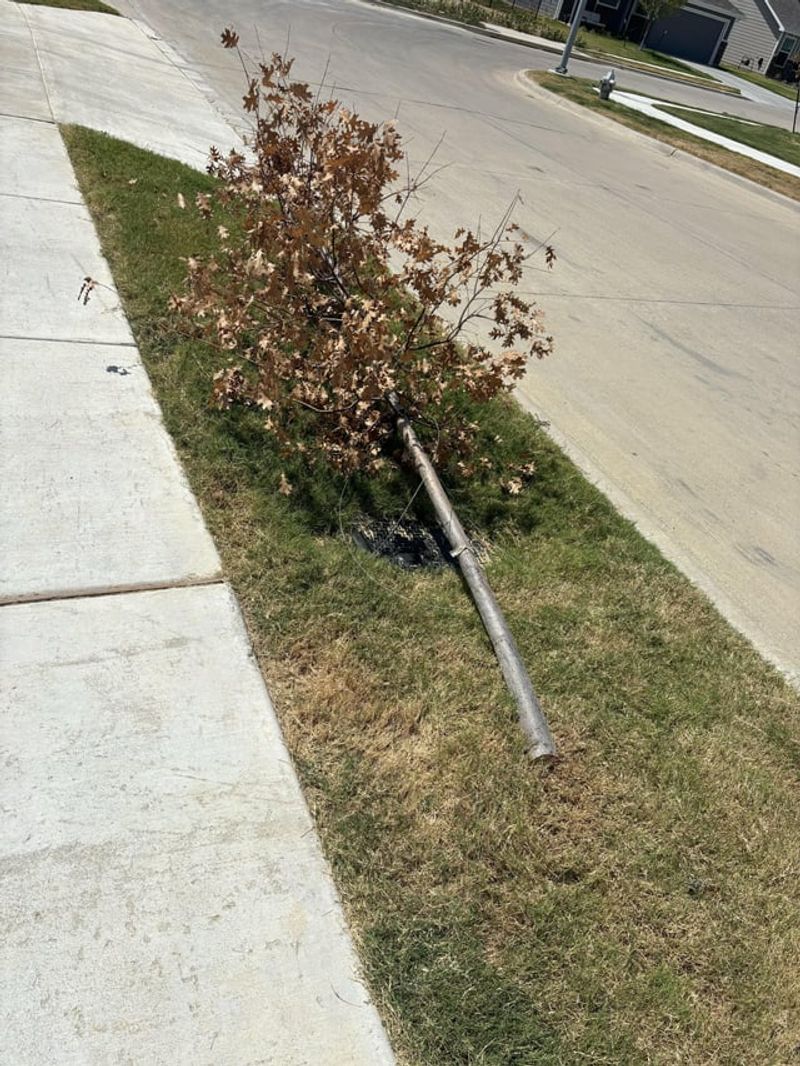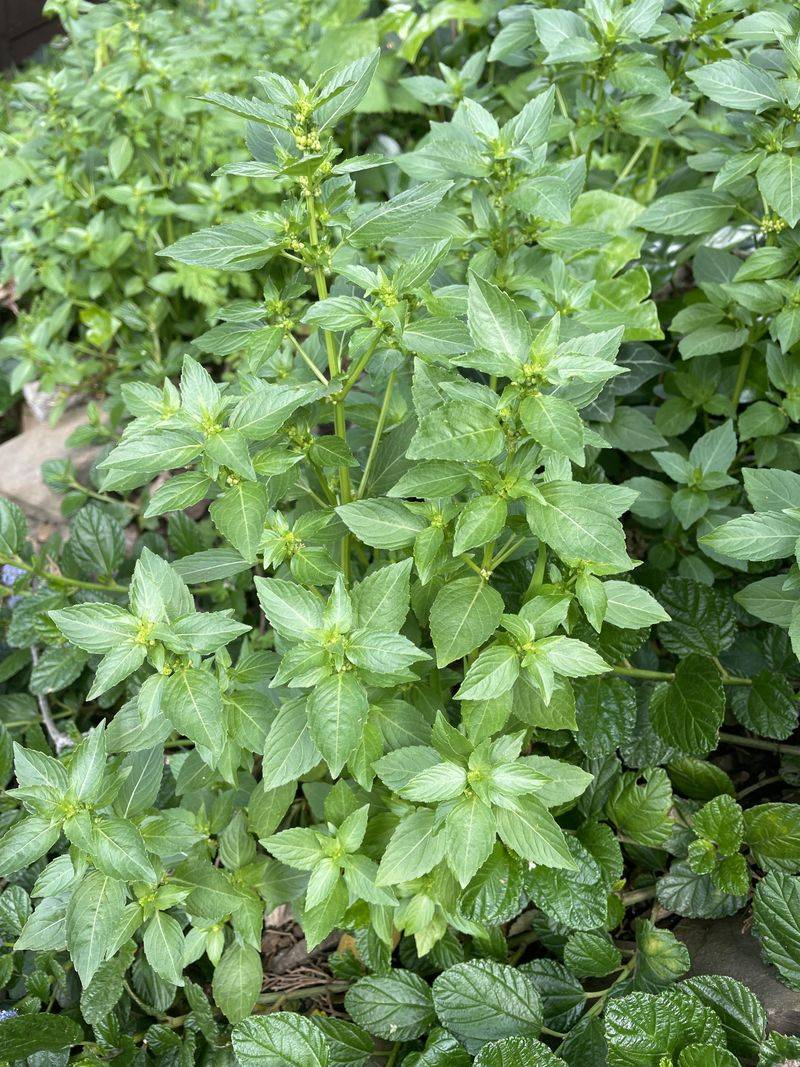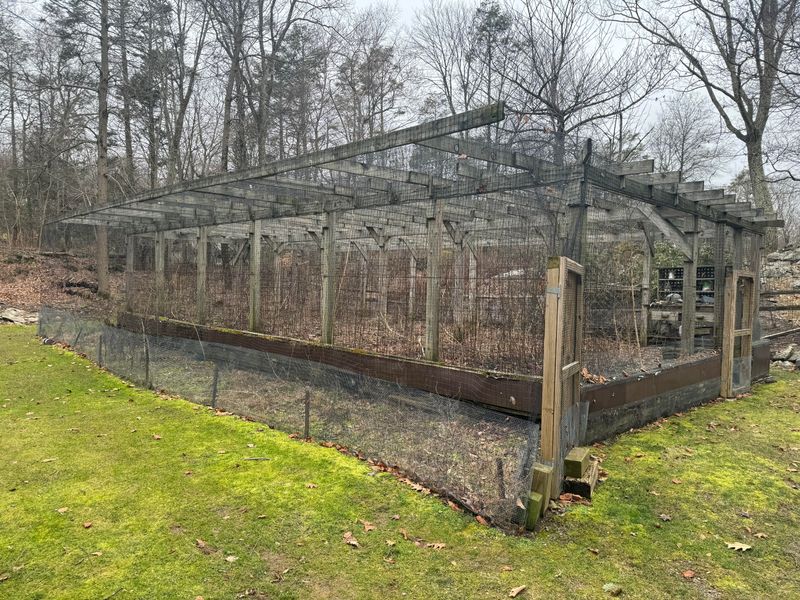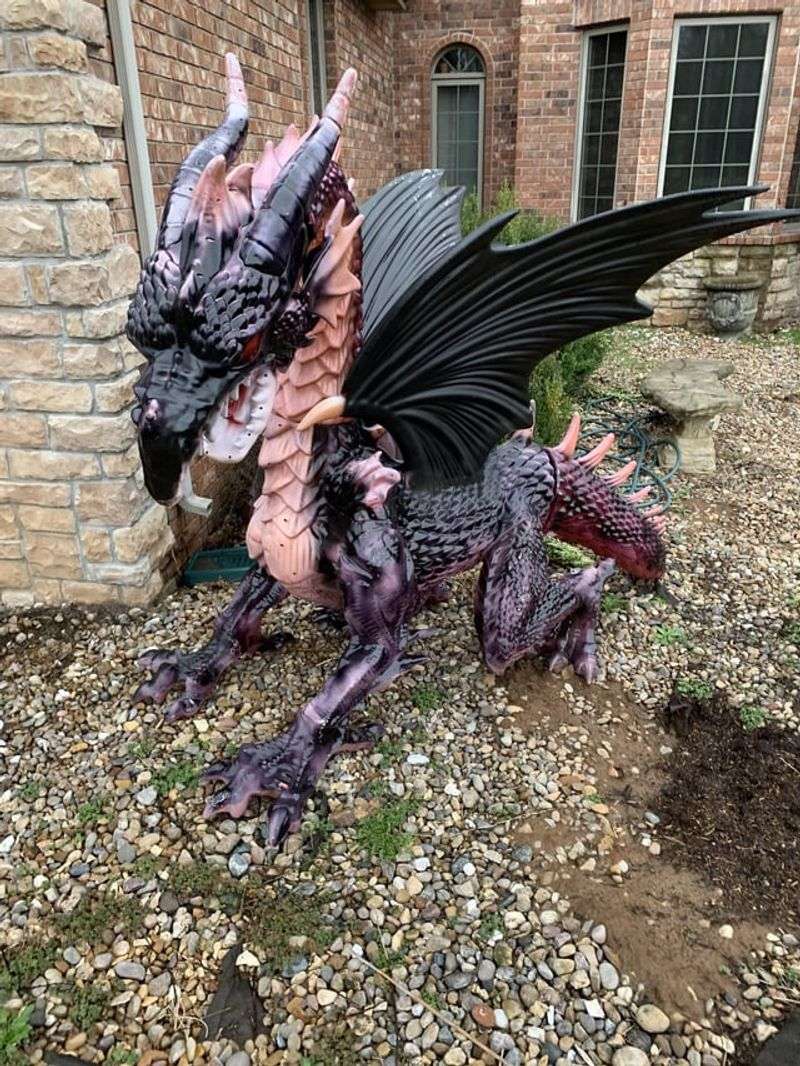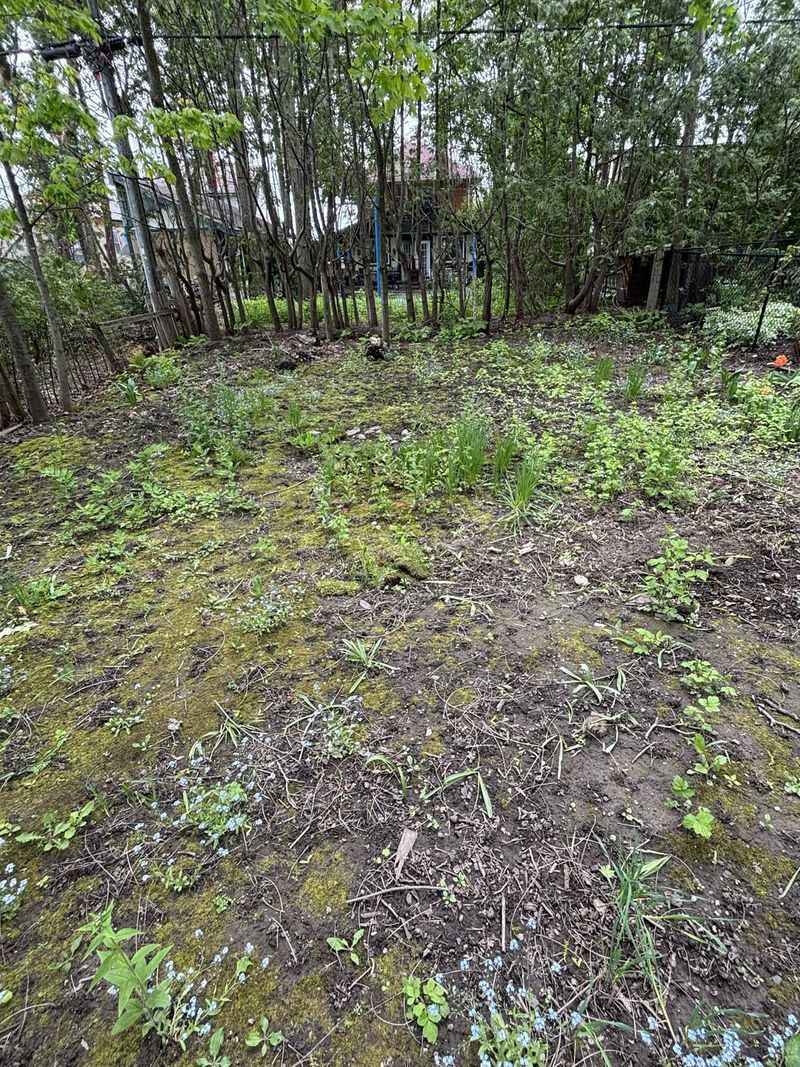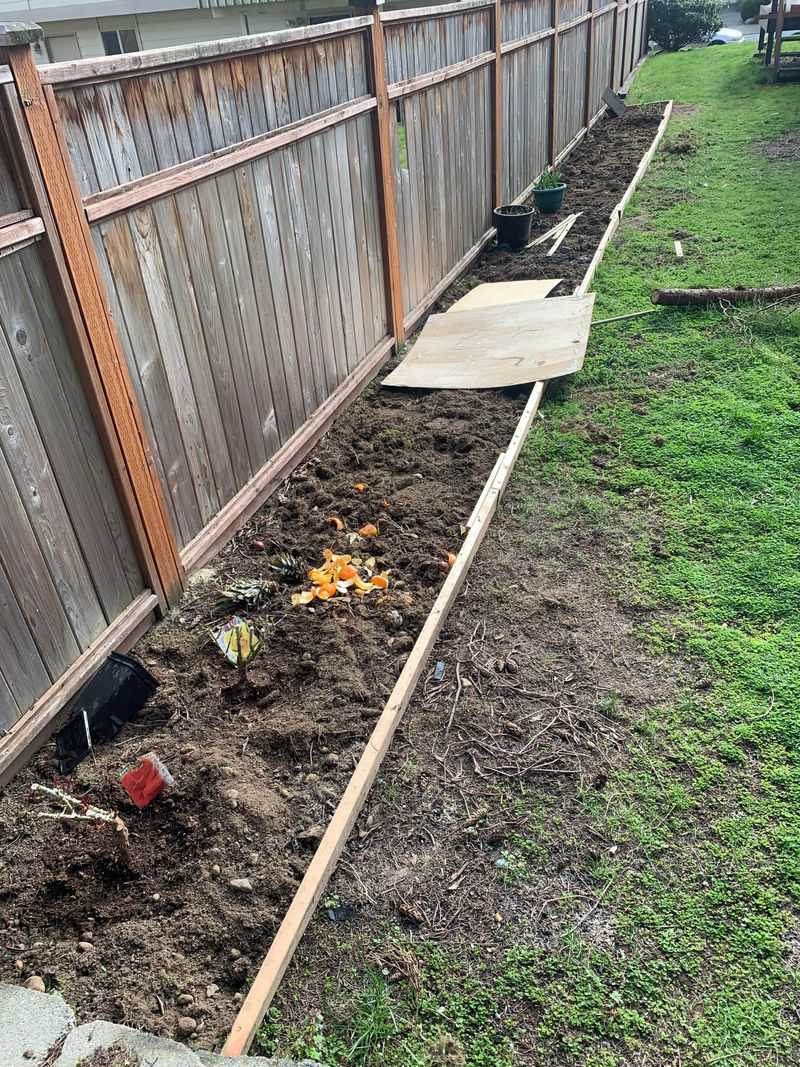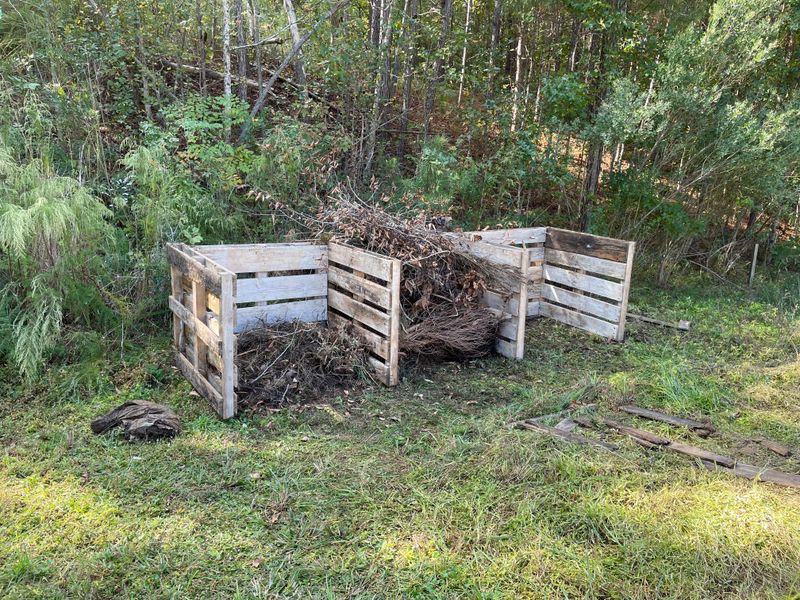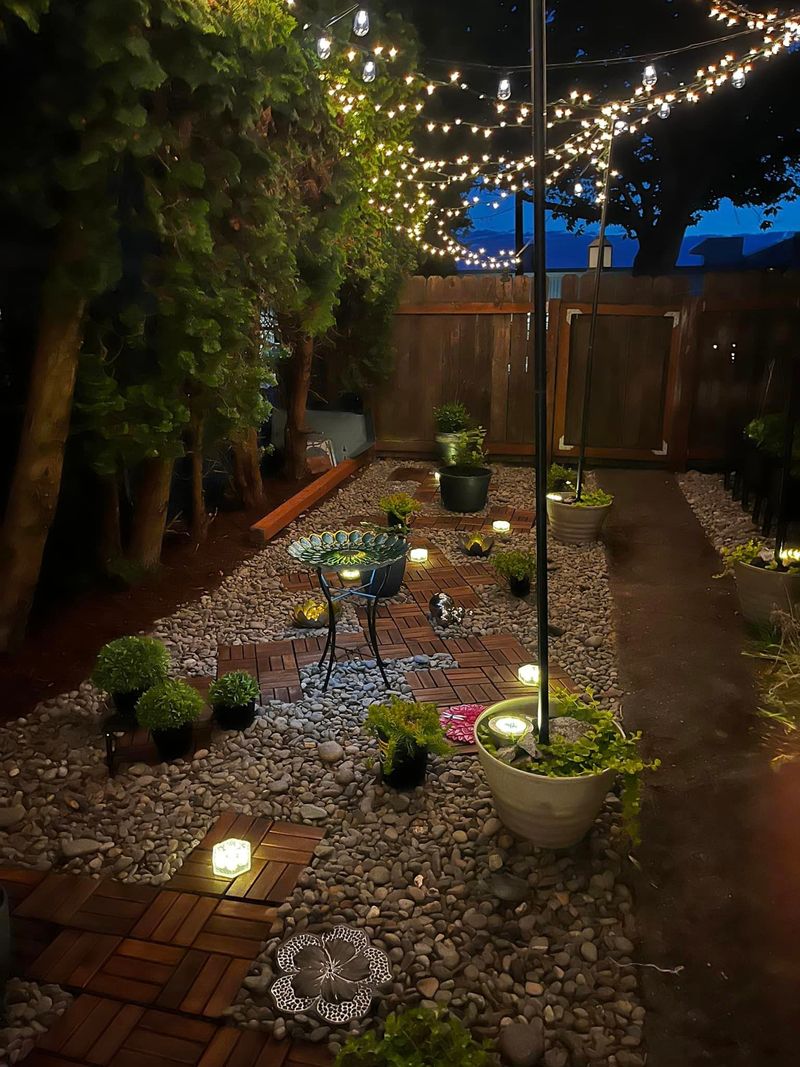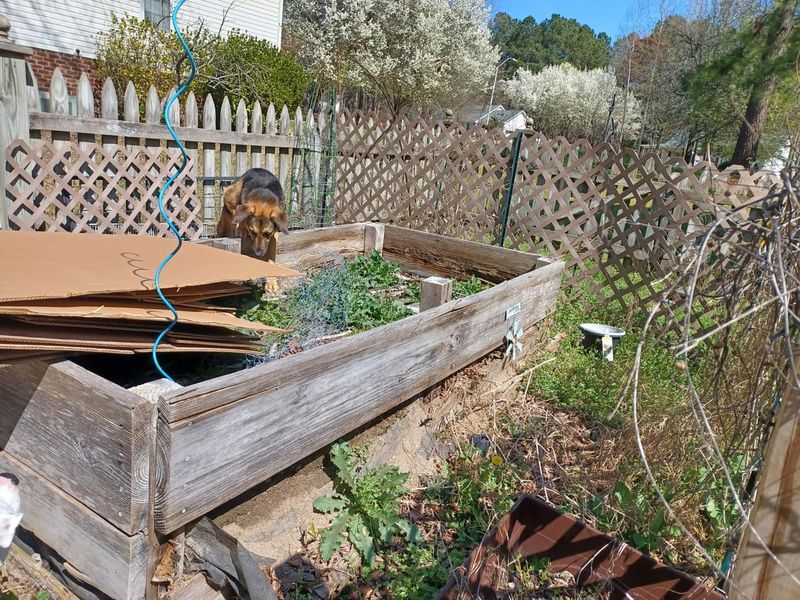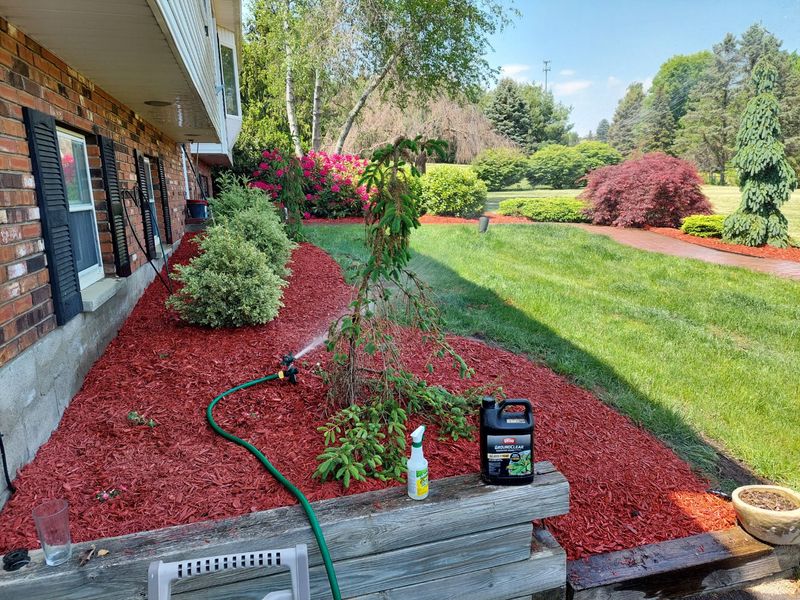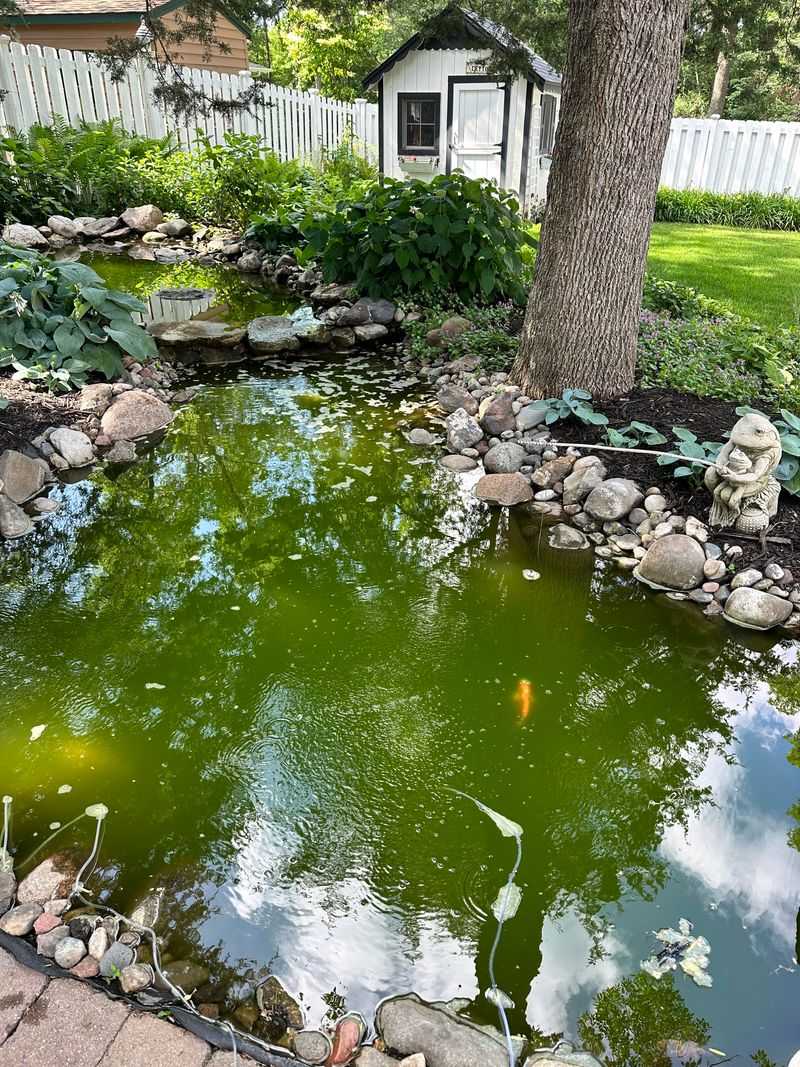Living in North Carolina means enjoying beautiful yards, but some gardening choices might land you in hot water with your HOA. You might be unknowingly breaking rules with your favorite plants or lawn care habits.
Trust me, it’s easy to get carried away when making your garden look perfect. Let’s take a friendly look at some common gardening moves that could cause trouble.
Knowing these tips will help keep your garden—and your neighborhood—happy and hassle-free!
1. Vegetable Gardens in Front Yards
Front yard veggie patches often trigger HOA complaints across North Carolina communities. Even well-maintained gardens with tomatoes and peppers might violate rules designed to maintain neighborhood aesthetics.
Many associations require edible plants to remain in backyards only. Check your HOA covenant before tilling that front lawn soil – some boards may approve a design that incorporates vegetables tastefully with ornamental plants.
2. Unapproved Plant Height
Tall plants and shrubs can quickly become an HOA issue in North Carolina neighborhoods. Many associations limit plant height to maintain sightlines and prevent your greenery from becoming a neighborhood eyesore.
The sunshine state’s growing conditions make controlling plant height an ongoing battle. Before planting anything that grows above 3-4 feet, review your community guidelines – some HOAs require approval for anything taller than your fence line.
3. Unauthorized Tree Removal
Cutting down trees without permission can result in hefty fines from your North Carolina HOA. Many associations have strict rules about preserving mature trees that contribute to the community’s character and property values.
Even dead or diseased trees typically require formal approval before removal. The Tar Heel State’s lush landscapes are often protected by detailed covenants, so always submit proper documentation before bringing out the chainsaw.
4. Non-Native Invasive Species
Planting invasive species can trigger serious HOA violations in North Carolina communities. Plants like English Ivy, Japanese Honeysuckle, and Bradford Pear trees spread aggressively, damaging native ecosystems and neighboring properties.
Many associations maintain prohibited plant lists to protect community landscapes. Before introducing new plants to your Carolina garden, verify they won’t land you in trouble – some invasive species can even result in state-level penalties beyond HOA fines.
5. Unapproved Garden Structures
Garden structures like trellises, arbors, and pergolas often require pre-approval in North Carolina HOA communities. Even modest additions can violate architectural guidelines if they don’t match the neighborhood aesthetic or exceed height restrictions.
The Tar Heel State’s diverse communities have varying rules about permanent outdoor fixtures. Submit detailed plans showing dimensions, materials, and placement before construction – many HOAs reject structures visible from streets or neighboring properties.
6. Excessive Lawn Ornaments
Garden gnomes, flamingos, and decorative statues might seem harmless but can violate North Carolina HOA restrictions. Many associations limit the number, size, and type of decorative elements to maintain a cohesive neighborhood appearance.
Carolina gardeners often face strict guidelines about what constitutes “excessive” decoration. Before creating your garden wonderland, check your covenant – some HOAs permit seasonal decorations but restrict permanent ornaments to just a few carefully placed items.
7. Neglected Lawn Maintenance
Unmowed grass and weedy gardens quickly attract HOA citations throughout North Carolina neighborhoods. Most associations require regular maintenance to prevent eyesores that could affect property values in the community.
The state’s humid climate means weeds grow rapidly during summer months. Establish a consistent maintenance schedule – many HOAs specify maximum grass heights (typically 4-6 inches) and require prompt removal of visible weeds from garden beds.
8. Unapproved Fence-Line Plantings
Plants growing along or through fences often violate HOA regulations in North Carolina communities. Vines and shrubs that extend beyond property lines or damage shared fences can trigger complaints from neighbors and association boards.
Many Carolina HOAs require setbacks for plantings near property boundaries. Review your covenant’s specific requirements – some associations prohibit certain climbing plants entirely, while others require regular trimming to prevent encroachment onto neighboring properties.
9. Visible Compost Bins
Composting might be eco-friendly, but visible bins often violate North Carolina HOA aesthetic guidelines. Even well-maintained compost systems can be considered unsightly when visible from streets or neighboring properties.
Many environmentally-conscious Carolina gardeners face restrictions on outdoor composting. Check if your HOA requires screening structures or limits bin placement to specific areas – some associations approve only certain commercial composting containers that minimize odors and visibility.
10. Unauthorized Rain Barrels
Water conservation through rain barrels might seem responsible, but many North Carolina HOAs restrict their use or placement. Visible collection systems often violate aesthetic guidelines, even when they help manage the state’s occasional drought conditions.
Carolina gardeners should check their covenants before installation. Some associations permit rain barrels only when screened from view or painted to match house colors, while others require specific commercial models that blend with the landscape.
11. Excessive Garden Lighting
Bright garden lighting can trigger complaints in North Carolina HOA communities. String lights, spotlights, and solar-powered fixtures that create light pollution or shine into neighbors’ windows often violate community standards.
The Tar Heel State’s neighborhoods typically have specific lighting restrictions. Review your HOA guidelines – many associations limit brightness, require timers for automatic shut-off, and mandate downward-facing fixtures to prevent light from spilling onto neighboring properties.
12. Unapproved Raised Garden Beds
Raised beds require HOA approval in many North Carolina communities, especially when visible from streets or common areas. Height, materials, and placement all factor into whether your garden project violates community guidelines.
Carolina gardeners often face restrictions on bed dimensions and construction materials. Submit detailed plans before building – some associations approve only certain wood types or require beds to be set back specific distances from property lines.
13. Improper Mulch Colors
Believe it or not, mulch color can violate HOA rules in many North Carolina communities. Bright red, blue, or white mulches might match your garden aesthetic but conflict with neighborhood appearance standards.
The Tar Heel State’s HOAs often specify approved mulch types and colors. Check your covenant before purchasing – many associations restrict choices to natural browns, blacks, or specific commercial brands to maintain a cohesive community appearance.
14. Visible Garden Tool Storage
Leaving tools, hoses, and equipment visible in your yard often violates North Carolina HOA rules. Even neatly arranged items can be considered unsightly when visible from streets or neighboring properties.
Many Carolina gardeners must find hidden storage solutions. Review your community guidelines – most associations require tools to be stored in approved sheds or garages when not in use, with specific rules about hose reels and larger equipment.
15. Unauthorized Water Features
Ponds, fountains, and waterfalls often require pre-approval from North Carolina HOAs. Even small water features can violate community guidelines regarding noise, safety, and aesthetic standards.
The state’s climate supports beautiful water gardens, but check restrictions first. Many associations limit water depth, require safety fencing for deeper features, and mandate professional installation with proper drainage to prevent standing water that could become a mosquito breeding ground.

